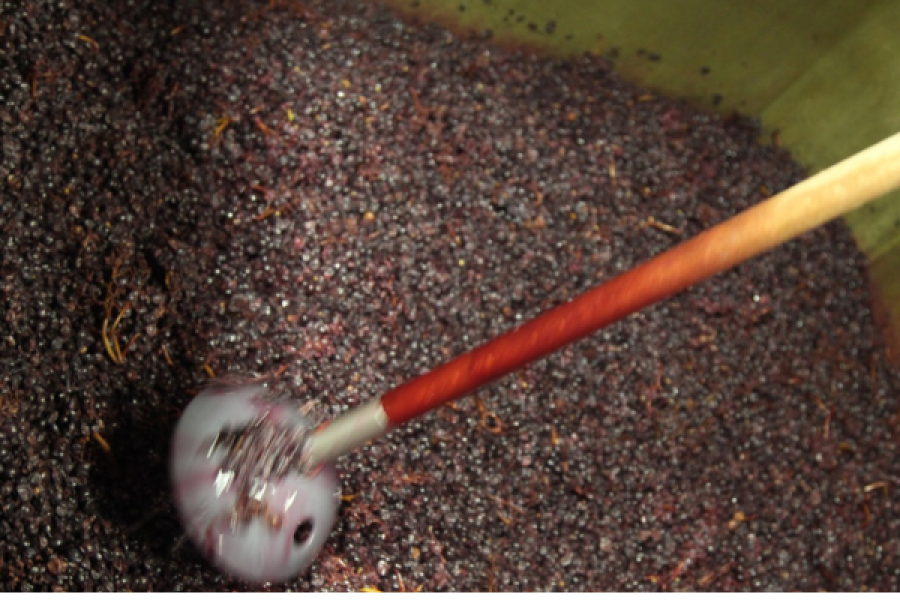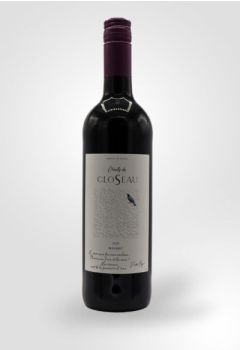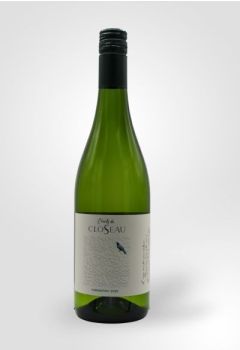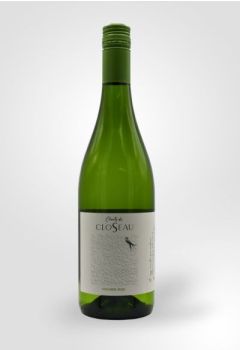Celebrating the Cave Cooperatives of France

The cooperative movement in the South of France gained momentum in the late 19th century as a response to the challenges faced by small-scale vineyard owners. These growers banded together to form cooperatives, or "cave cooperatives," pooling their resources and expertise to address issues such as disease, market access, and production costs. By sharing knowledge and resources, they could collectively produce higher-quality wines.
The 20th century saw significant growth in the cooperative winemaking sector, particularly after the devastation caused by phylloxera and the economic challenges of both World Wars. Cooperative wineries provided a lifeline for many struggling winegrowers.
Today, the South of France is home to a multitude of thriving cooperative wineries that have modernized their facilities and practices while preserving their commitment to the heritage of the region. These cooperatives produce an impressive array of wines, from the famous reds of the Languedoc-Roussillon to the aromatic whites of Provence, all of which bear witness to the enduring spirit of cooperation and the dedication of local winegrowers.
Here we have two wines from one of the largest and historical cave cooperatives located in the heart of the Languedoc region, The Union des Caves Coopératives de Cébazan.
Founded in 1936, this cooperative represents the collective efforts of numerous local winegrowers in and around the picturesque village of Cébazan and has consistently produced fantastic wine full of character and fully showing the terroir of the region.
The white is Vermentino, a grape that has made the Mediterranean it’s home as it thrives in warm, coastal climates. The grapes are harvested early in the season and after gentle pressing temperature-controlled fermentation occurs in stainless steel tanks and malolactic fermentation is stopped to preserve the freshness of the wine.
The red is a Malbec, a grape most associated with Argentina but has been in France for hundreds of years, more commonly found further west in Cahors and Bordeaux, but its soaring popularity has increased plantings in the Languedoc. Again gentle pressing allows the premium free run juice to be collected before maceration occurs. With a nod to the traditions of the region, a technique called pigeage is then employed. This is where winemakers use a tool called a "pigeur" or a "pigeage paddle" to push the floating grape skins and solids that form during fermentation back into the liquid below, ensuring better colour and flavour extraction. Both wines are great examples of what co-operation between growers and winemakers in the region can produce.
Featured

Chants du Closeau Malbec, Pays d'Oc, 2022
Deep rich blackcurrant fruit
What is MIX6?Add 6 or more bottles of selected wine to your basket to receive the wholesale price.

Chants du Closeau Vermentino, Pays d'Oc, 2023
Refreshing and crisp
What is MIX6?Add 6 or more bottles of selected wine to your basket to receive the wholesale price.

Chants du Closeau Viognier, Pays d'Oc, 2022
Pears and pineapple
What is MIX6?Add 6 or more bottles of selected wine to your basket to receive the wholesale price.
